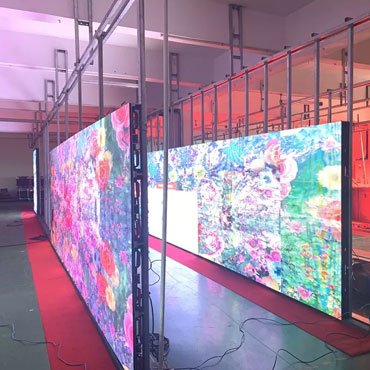IMAX and Dolby cinemas are both very popular among moviegoers, offering high-quality movie experiences. However, many people may not know the meaning of IMAX and the differences between IMAX and Dolby cinemas. Don’t worry, we’ll reveal the answers right away.
Regarding IMAX, IMAX movies, and IMAX cinemas
IMAX stands for Image Maximum, and it is also a registered trademark of IMAX Corporation.
As the name suggests, IMAX movies are films that utilize IMAX Corporation’s technology. Before the advent of IMAX, although various projection systems existed, they failed to sustain due to operational difficulties and poor image stability. It wasn’t until the persistent efforts of IMAX’s inventors to improve the technology that it became what it is today.
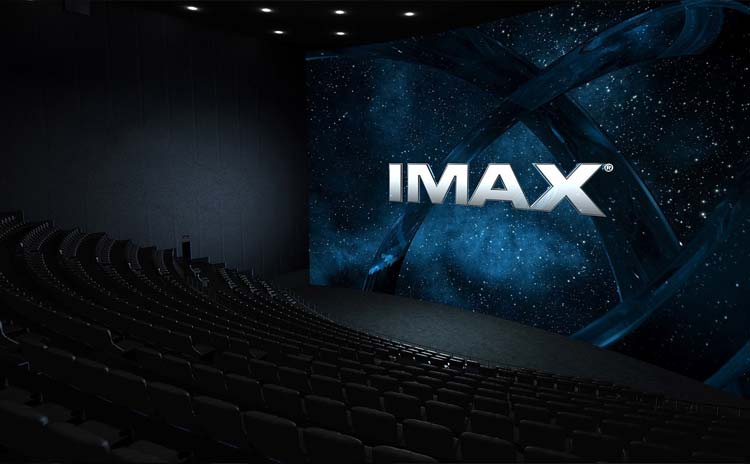
An IMAX theater is a place specifically designed to screen IMAX movies, known for its high resolution and giant screens. However, Richard Gelfond, Co-CEO of IMAX Corporation, doesn’t like the impression that IMAX is associated only with giant screens; instead, he hopes people perceive it as “the best immersive experience on Earth.” Nevertheless, giant screens remain a standard feature of IMAX cinemas.
Another theater often mentioned alongside IMAX is the Dolby cinema. What are the differences between them?
IMAX vs. Dolby cinema:What are the differences between them?
Regarding visual presentation:
Both IMAX and Dolby cinemas offer extremely high-quality visuals, providing an ultimate visual experience by showcasing every detail of the film. However, Dolby cinemas have a slight edge over IMAX cinemas in terms of visual quality.
Dolby cinemas support HDR (High Dynamic Range) technology and 12-bit color, 12-bit depth, and 10,000 nits of brightness, surpassing the capabilities of even the best dual 4K laser projectors, which can only achieve 8000 nits. The maximum resolution for IMAX cinemas is 6K, while for Dolby cinemas, it’s 4K.
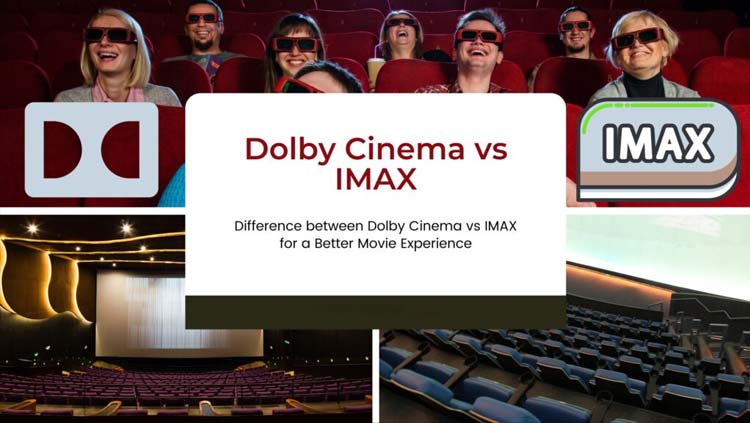
Regarding resolution:
IMAX, known for maximizing images, can achieve much higher resolutions than Dolby cinemas.
According to IMAX Corporation, the theoretical resolution using IMAX cameras can reach 18K (18000×13433 pixels per frame), although currently, there are no machines capable of handling such resolutions. Thus, when projecting films, IMAX cinemas can achieve a maximum resolution of only 6K. In contrast, Dolby cinemas have a maximum resolution of 4K.
Differences in sound effects:
Sound systems and audio processing
IMAX cinemas use advanced sound systems, employing audio processing techniques to deliver surround sound through multiple speakers, providing audiences with an immersive audio experience. While IMAX’s sound processing technology is impressive, there is still a significant gap compared to Dolby cinemas’ Dolby Atmos technology. With Dolby Atmos, viewers experience fully enveloping sound fields, capturing the most realistic sound details.
Sound quality and immersion
The audio quality in IMAX cinemas varies depending on the equipment used. Digital IMAX cinemas typically use IMAX 6-channel audio, similar to traditional Dolby 5.1 surround sound. However, cinemas equipped with dual 4K laser projectors utilize a 12.1-channel audio setup, offering improved sound quality but still not as advanced as Dolby cinemas’ object-oriented sound output. Dolby Atmos doesn’t rely on traditional channel-based audio; instead, it supports up to 64 independent audio objects, allowing viewers to hear richer, more nuanced sound details.
Overall movie-watching experience differences:
Comfort and viewing environment
IMAX cinemas provide spacious and comfortable viewing environments, while Dolby cinemas offer more intimate and quiet settings.

2D and 3D
Many people confuse IMAX with 3D movies, assuming that IMAX refers exclusively to 3D movies. However, as mentioned earlier, IMAX is a technology that encompasses various projection systems, such as IMAX digital projection systems, IMAX laser projection systems, and dual 4K laser projection systems (also known as second-generation laser IMAX systems).
Therefore, IMAX cinemas can screen both 2D and 3D movies, offering a variety of genres such as action, comedy, and science fiction. Dolby cinemas, on the other hand, only support 2D movies, limiting their selection to films less reliant on 3D visuals.
Ticket prices:
While Dolby cinemas boast excellent visual and audio quality, IMAX cinemas have access to a wider range of movie titles, including many popular sci-fi blockbusters exclusive to IMAX cinemas. As a result, IMAX ticket prices are generally higher than those of Dolby cinemas.
Conclusion:
Through the detailed comparison above, you now understand the differences between IMAX and Dolby cinemas. If a movie primarily relies on 3D visuals, IMAX cinemas are the only option. However, if a movie is available in both 2D and 3D formats, you can choose your preferred theater. Additionally, the nearest theater may also be a good choice.
The application of IMAX cinemas and Dolby cinemas on LED screens:
Currently, most cinemas use projector and screen setups to screen movies. While this traditional setup is cost-effective and easy to install, the displayed images are often coarse and dim, resulting in poor viewing experiences, especially in well-lit environments.
Recognizing the shortcomings of traditional projection methods, Samsung envisioned and planned to incorporate LED screens into cinemas as early as 2014. After more than three years of exploration and development, Samsung Electronics unveiled a groundbreaking LED movie screen in March 2017 in Las Vegas. This innovation amazed spectators upon its debut.
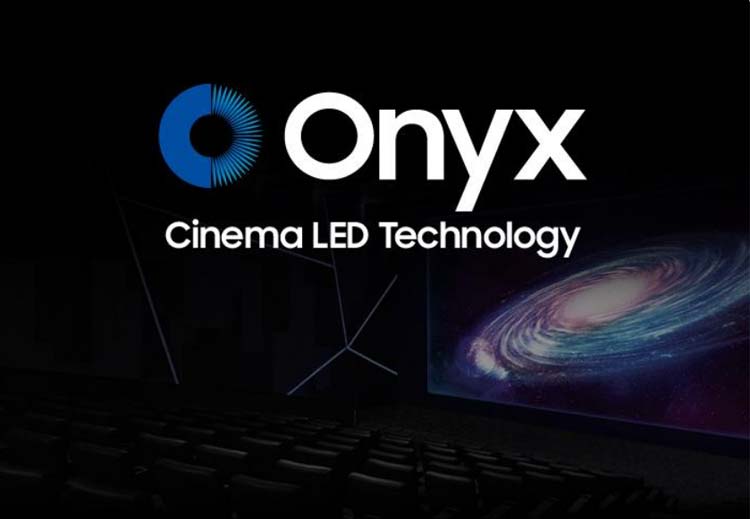
Subsequently, Samsung installed the world’s first theater LED screen at Lotte Cinema World Tower in Seoul in July of the same year. One year later, Samsung installed China’s first cinema LED screen at Wanda Plaza in Jiangqiao, Shanghai.
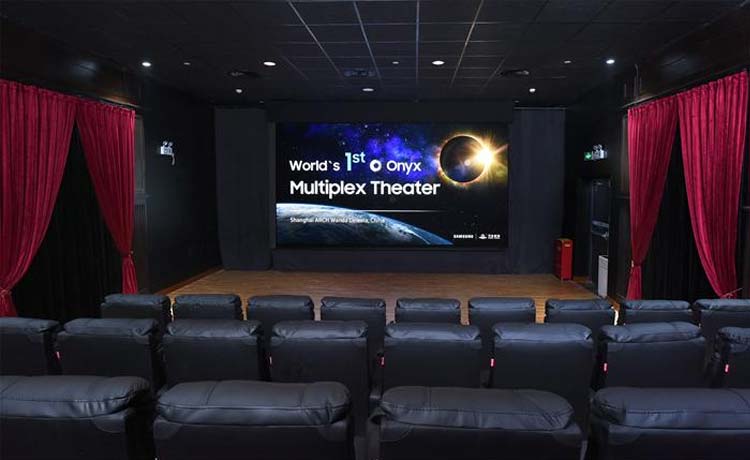
Leveraging the integration and scalability of LED screens, it’s now possible to seamlessly integrate IMAX or Dolby technologies, achieving unparalleled visual and audio quality in cinemas. The application of Samsung’s LED movie display screens has inspired hope among numerous LED display manufacturers in China.
Many of them have obtained DCI (Digital Cinema Initiatives) certification, and in various cities, they have combined their technology with IMAX or Dolby to create exceptional and breathtaking viewing experiences. Let’s look at two representative cases.
The world’s largest LED giant screen cinema – Wushang Mall International Theater (Wuhan, China)
Located in Wuhan, Hubei Province, China, the Wushang mall international IMAX Theater covers an area of nearly 10,000 square meters. It houses a total of 14 auditoriums with 2,733 seats and has a total investment exceeding 60 million yuan. The cinema includes IMAX laser auditoriums, HeyLed giant screen auditoriums, VIP auditoriums, among others.

The HeyLed giant screen auditorium features a 20-meter LED cinema screen, making it the world’s largest LED giant cinema screen. It provides naked-eye 3D display and suspended 3D imaging effects. HeyLed’s high brightness, high contrast, and low crosstalk advantages are particularly prominent. Paired with a 12.1-channel sound system, it enhances the immersive viewing experience when watching 3D blockbusters.
The world’s first Dolby-standard LED giant screen cinema – Yin Xing International Cinema (Nanchang, China)
Located in Nanchang, Jiangxi Province, China, Yin Xing International Cinema has a total area of over 8,000 square meters. It houses 13 special auditoriums with a capacity of accommodating 2,362 viewers simultaneously. Yin Xing International Cinema has introduced the world’s first symbol Dolby-standard CINITY LED giant cinema screen.
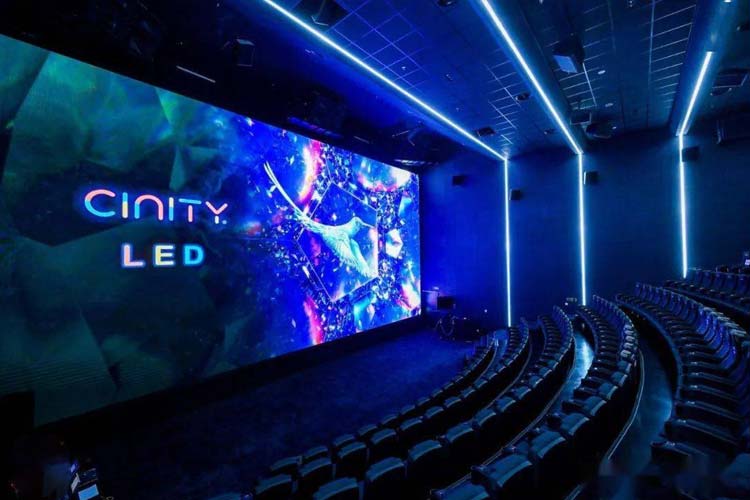
The CINITY LED giant cinema screen not only supports 4K/120-frame high format but also preserves Dolby’s exclusive HDR image quality, immersive sound, and other features intact. It overturns the traditional projection system’s visual perception, becoming the new benchmark for movie projection.
Standardization of LED cinema screen systems
With the application of LED cinema screens, the DCI has drafted standards for the application of LED screens in cinemas. Currently, the DCI Alliance has proposed the following preliminary standards and hopes to receive feedback from more industry professionals.
Preliminary standards for LED cinema systems proposed by the DCI Alliance:
- HDR videos in cinemas use a PQ (Perceptual Quantization) curve with 12-bit depth.
- Cinema HDR achieves a peak brightness of 500 nits and a black level of 0.001 nits.
- Use of the DCI-P3 color space rather than the larger BT.2020.
- Resolution of at least 4096 horizontal pixels and 2160 vertical pixels.
It is believed that the application of these standards can better improve LED cinema screen systems and bring us the best viewing experience.



